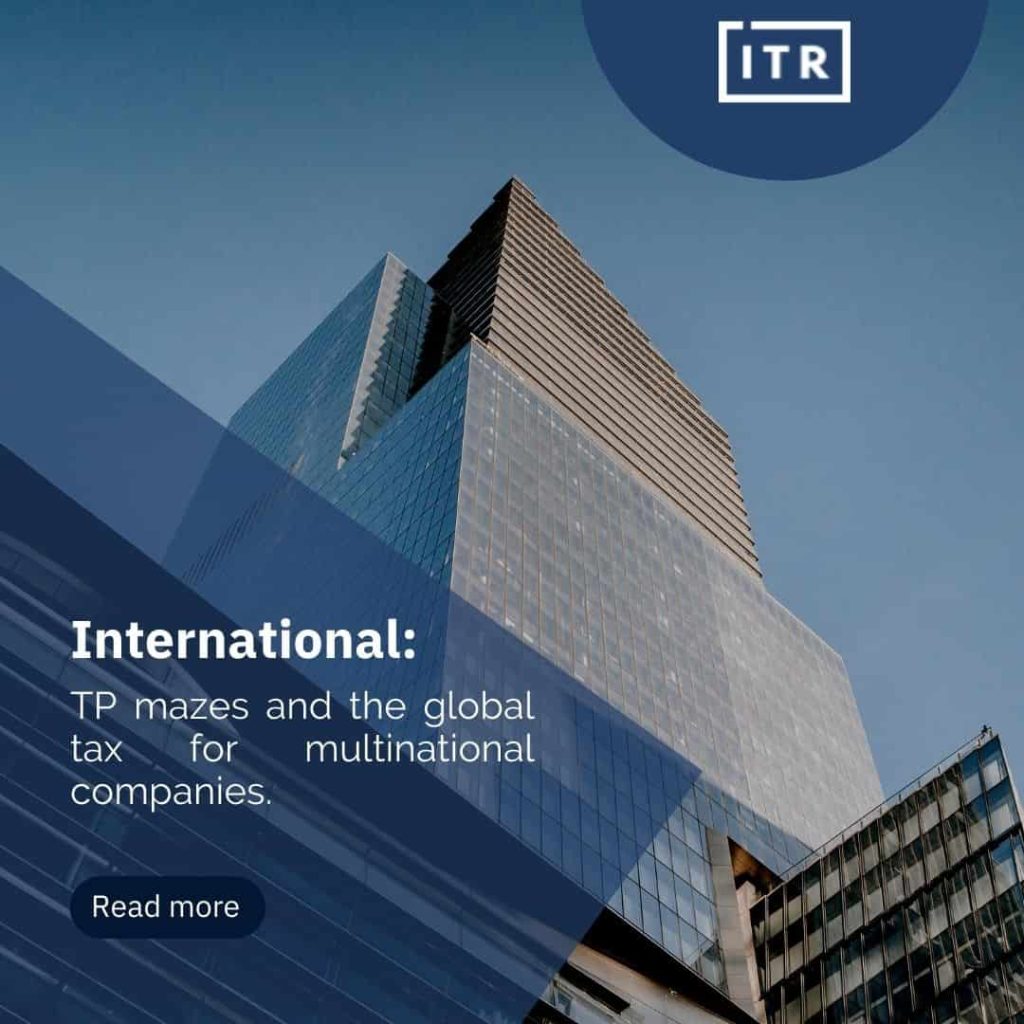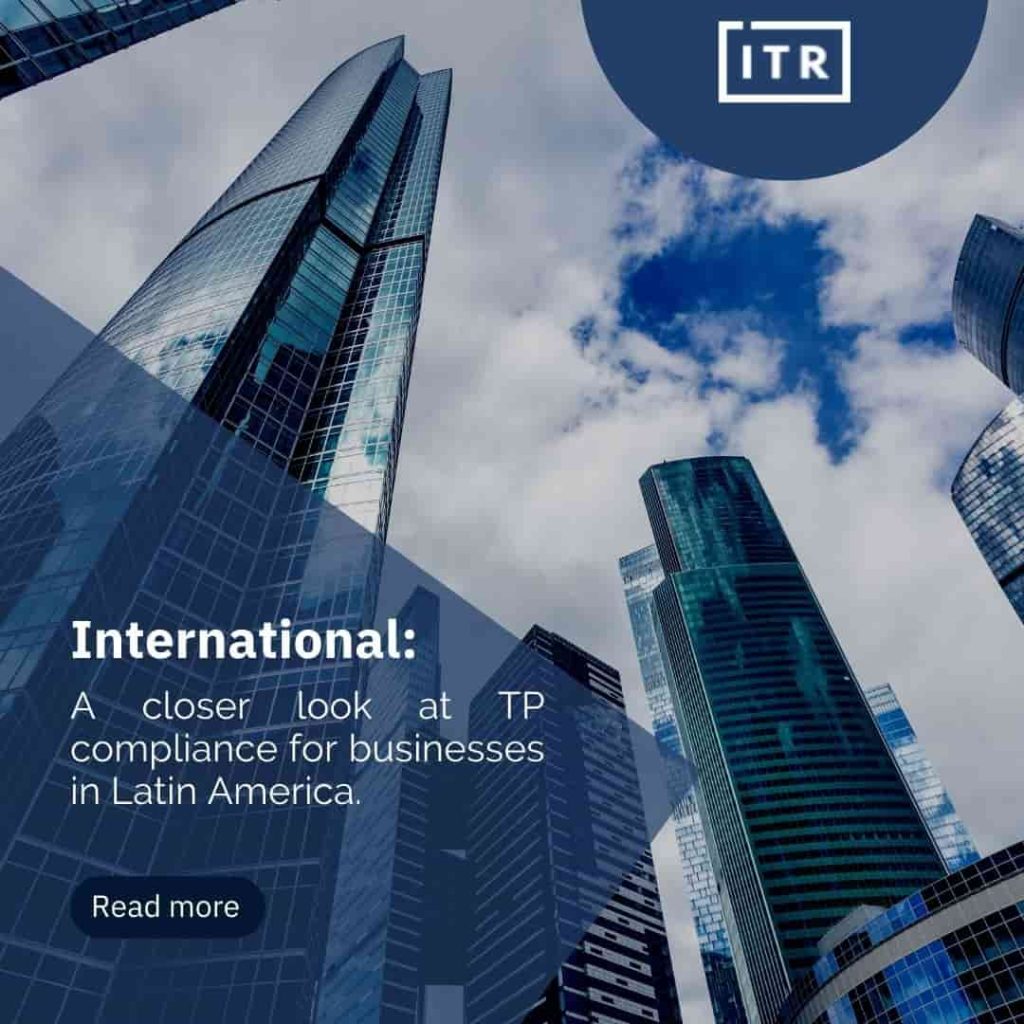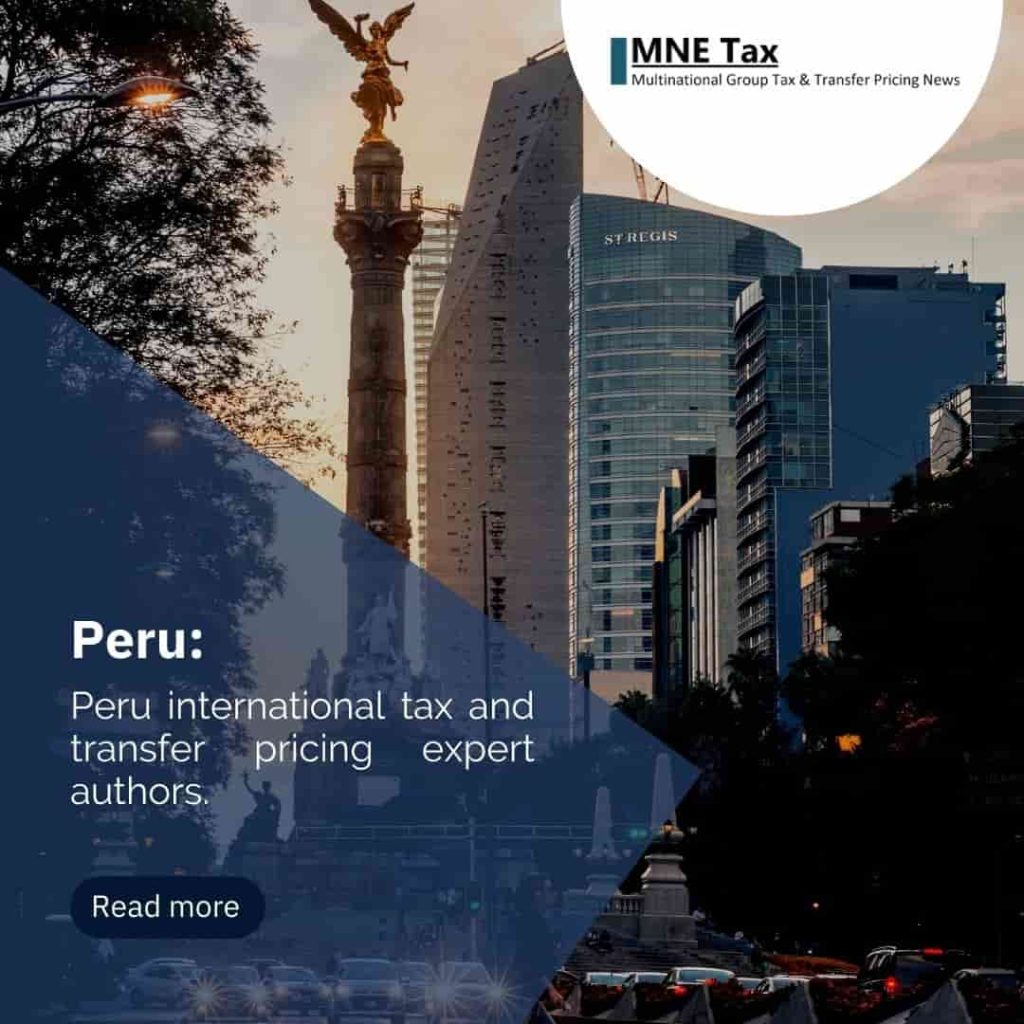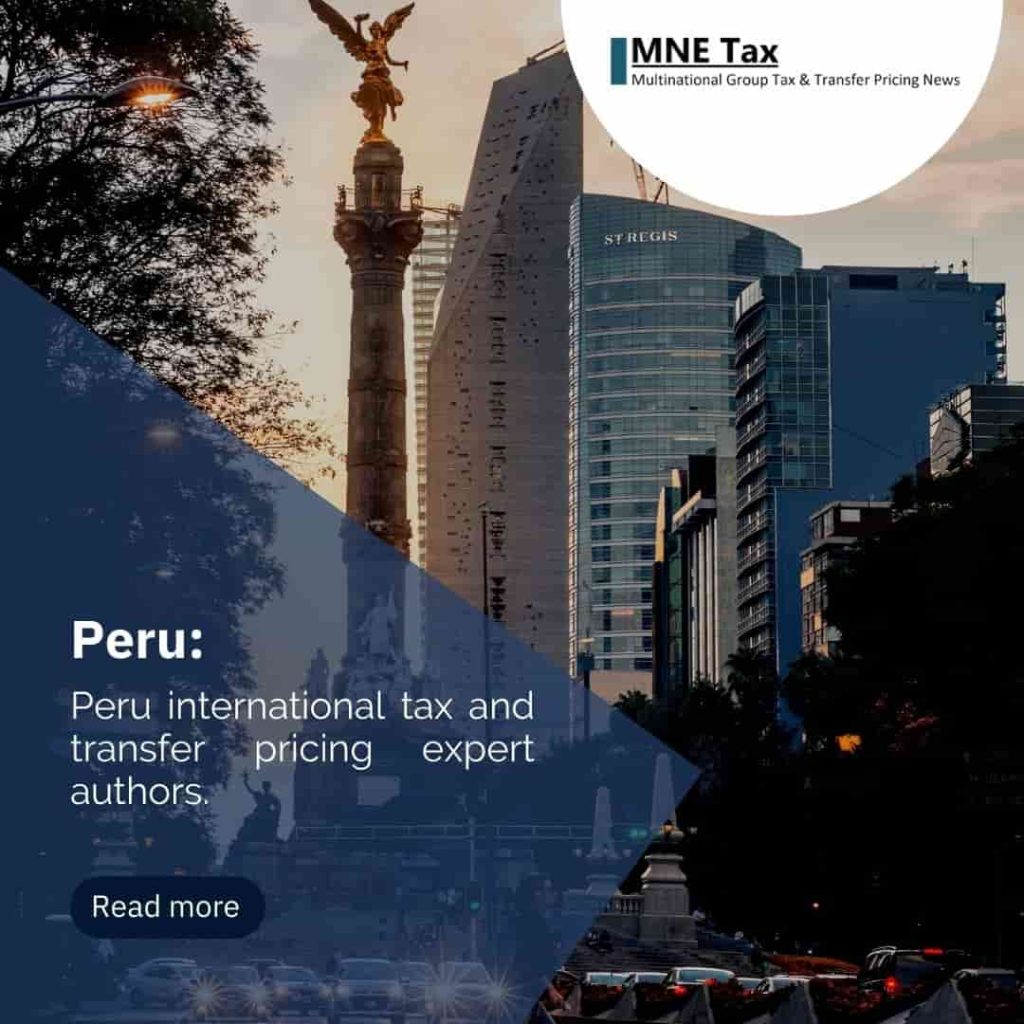India
Introduction
Transfer Pricing regulations were introduced in India in 2001 to prevent erosion of the Indian tax base, enacted in Chapter X of the Income Tax Law of 1961 under the heading “Special Provisions related to Tax Evasion.”
The Central Board of Direct Taxes (CBDT), the Indian principal tax administration body, issued Transfer Pricing “Safe Harbour” rules for the first time on September 18, 2013.
Arm’s Length Principle
The Indian Transfer Pricing Regulations recognize the “Arm’s Length Principle” and require that the income from an international transaction or a specified domestic transaction be calculated considering this principle.
The Indian legislation does not directly refer to the “Arm’s Length Principle.” Conversely, the Indian legislation refers to the determination of the “Arm’s Length Price,” which is determined thereon.
Related Parties
Indian law contains a detailed definition regarding related parties. According to Section 92A of the Income Tax Law Act 1961, an associated enterprise concerning another enterprise is defined as an enterprise that directly or indirectly, or through one or more intermediaries, participates in the management, control, or capital of another one. It also includes situations in which two enterprises have common control, capital, or management through another enterprise.
Certain specific parameters have been established in Section 92a. These include:
- Direct or indirect participation of 26% or more of the voting power in one enterprise on behalf of the other or in both enterprises by the same person.
- Advance of a loan by one company, constituting 51% or over of the total book value of the borrowing company’s assets.
- Guarantee of a company for 10% or over of the total loans of the other company.
- Designation by one company over 50% of the board of directors, one or more executive directors of the other company, or the appointment of members of the board of directors of both companies by the same person.
- Total dependence of one company (in the conduct of its business) on intellectual property licensed by the other company.
- Substantial purchase of raw materials/sale of manufactured products by one enterprise from/to another at prices and conditions influenced by the latter.
- Sale of goods and articles.
- Control by the same person or family member.
Transfer Pricing Methods
The following methods have been prescribed by Section 92C of the Act for the determination of the Arm’s Length price:
- Comparable Uncontrolled Price Method.
- Cost Plus Method.
- Resale Price Method.
- Profit Split method.
- Transactional Net Margin Method.
Rule 10AB of the Income Tax Rules, 1962 prescribes a sixth method, known as the “Other Method.” It can be any method that considers the price charged or paid or would have, for the same or similar uncontrolled unrelated party transaction under similar conditions, considering all relevant facts.
Transfer Pricing Documentation
Taxpayers must maintain annually comprehensive information and supporting documentation related to international transactions with their associated enterprises.
The annual documentation should be updated to reflect the latest adjustments of financial data regarding such transactions. This documentation must be contemporaneous and maintained by Taxpayers where the added value of international transactions with their associated entities exceeds INR 10 million (INR 200 million if domestic transactions) for a period of nine years from the close of the corresponding financial year (April 1 to March 31) and filed to tax authorities upon request, at the audit, assessment, or dispute resolution stage.
Local Report
The Local Report in India is currently the same as the annual Transfer Pricing documentation, which is required to be maintained if the added value of international transactions with Associated Entities exceeds INR 10 million during the corresponding fiscal year.
Master File
The Master File must be e-filed when the value of the company’s international transactions with its associated entities exceeds INR 500 million during the respective accounting year (INR 100 million if transactions related to intangibles) and the consolidated value of the global invoicing of the multinational group exceeds INR 5.000 million.
The prescribed form for e-filing of the Master File is Form No. 3CEAA. The due date for filing is November 30, 2022, for the fiscal year 2021.
Country by Country Report
The Country-by-Country Report must be filed in India if the consolidated annual revenue of the group, regarding the consolidated financial statements of the multinational group in the immediately preceding accounting year, exceeds INR 64,000 million. The due date for filing the Country-by-Country Report on Form No. 3CEAD in India is 12 months from the end of the accounting reporting year of the ultimate parent entity preparing consolidated financial statements.
Transfer Pricing Penalties
The following penalties have been prescribed for non-compliance with Transfer Pricing provisions:
- For failure to maintain prescribed information/document: 2% of the transaction value.
- For failure to provide information/documents during the audit: 2% of the transaction value.
- For failure to disclose any transaction in the report filed by the accountant: 2% of the transaction value.
- For adjustment to the taxpayer’s income: 100% to 300% of the total tax on the adjustment amount.
- For failure to file an accounting report: INR 100,000.
- For failure to provide CbCR before the statutory due date: INR 5000 per day for one month, INR 15 000 per day after one month, and INR 50 000 per day after the notification date of the penalty order.
- Failure to file the Master File: INR 0.5 million.
Penalties may be waived if the taxpayer can demonstrate a reasonable cause to support its situation or delay in filings. Taxpayers may also prefer an appeal to the authorities due to an order imposing a penalty.
Source: Income Tax Department
<script>
/*
Author: Wolfgang Hartl
Author URI: https://my-webcraftdesign.at/
DOCS: https://my-webcraftdesign.at/tutorial/read-more-read-less-toggle-in-bricksbuilder/
*/
function WCD_rmrl(options) {
const readLessText = options.readLessText;
const readMoreText = options.readMoreText;
const rmrlContent = document.querySelectorAll("[wcd_rmrl_percentage]");
rmrlContent.forEach((element) => {
// INITIAL SETUP (define height, overflow and attributes)
element.style.overflow = "hidden";
element.setAttribute("wcd_rmrl_max", element.clientHeight + "px");
var percentage = element.getAttribute("wcd_rmrl_percentage");
var height = element.clientHeight;
height = Math.round((height / 100) * percentage) + "px";
element.setAttribute("wcd_rmrl_min", height);
element.style.height = height;
//ASSIGN CLICK EVENT TO TRIGGER
trigger = element.nextSibling;
trigger.addEventListener("click", function () {
if (element.style.height == element.getAttribute("wcd_rmrl_min")) {
element.style.height = element.getAttribute("wcd_rmrl_max");
this.childNodes.forEach((node) => {
if (node.nodeValue !== null) {
node.nodeValue = readLessText;
}
});
} else {
element.style.height = element.getAttribute("wcd_rmrl_min");
this.childNodes.forEach((node) => {
if (node.nodeValue !== null) {
node.nodeValue = readMoreText;
}
});
}
});
});
}
const rmrl = new WCD_rmrl({
readLessText : 'Read Less',
readMoreText : 'Read More',
});
</script>External Articles
Below is a list of articles written by our staff and published in international publications.





